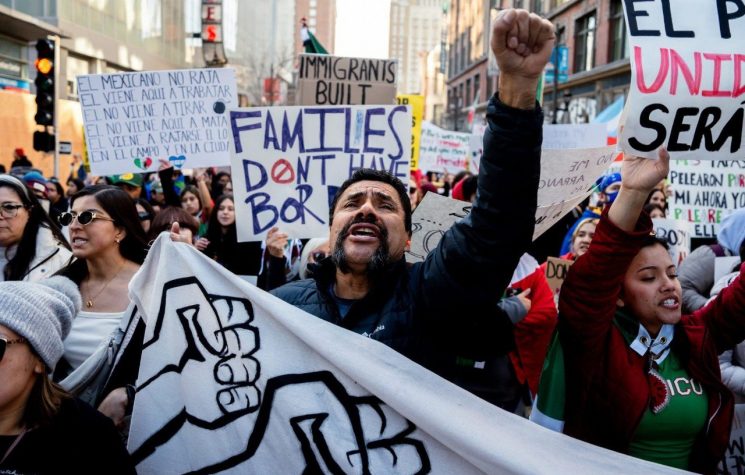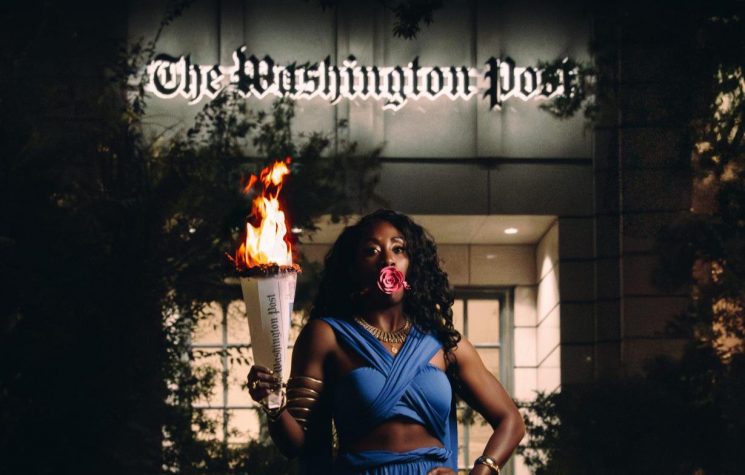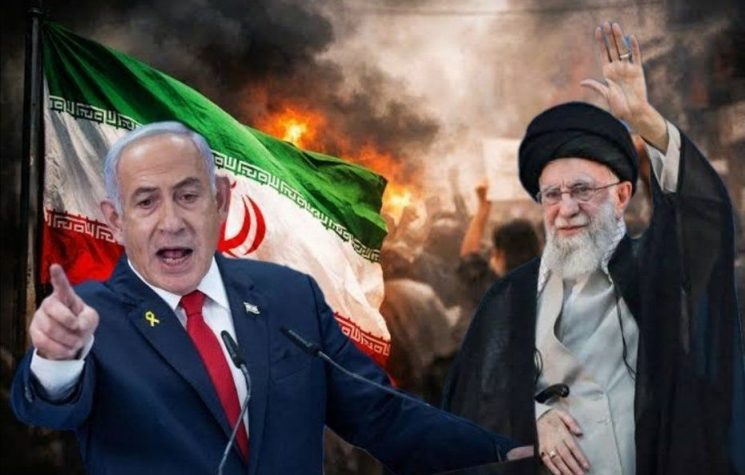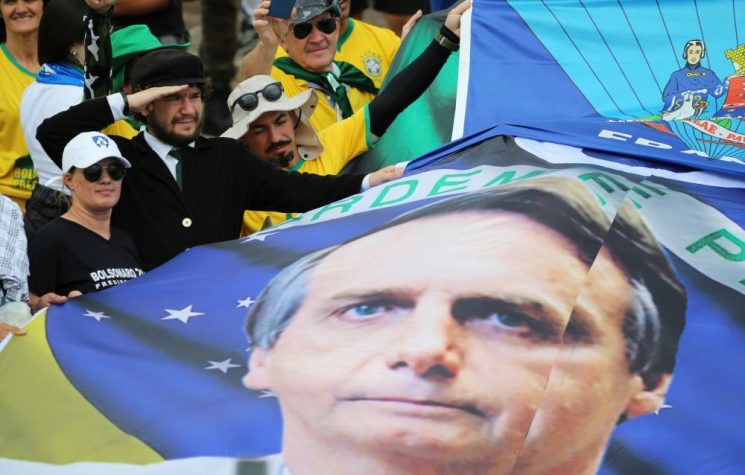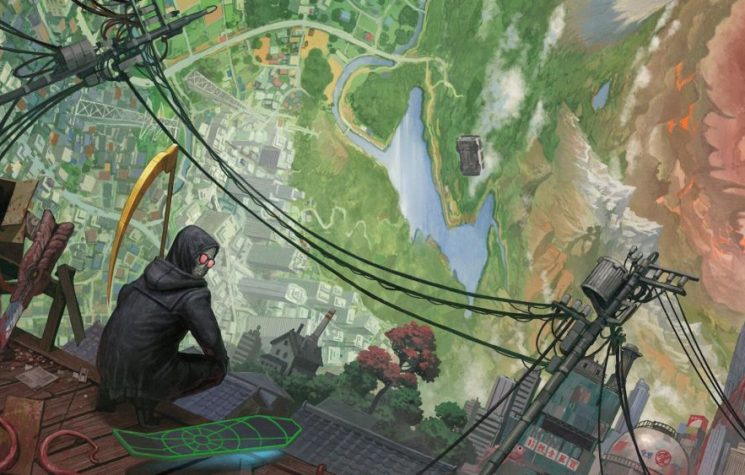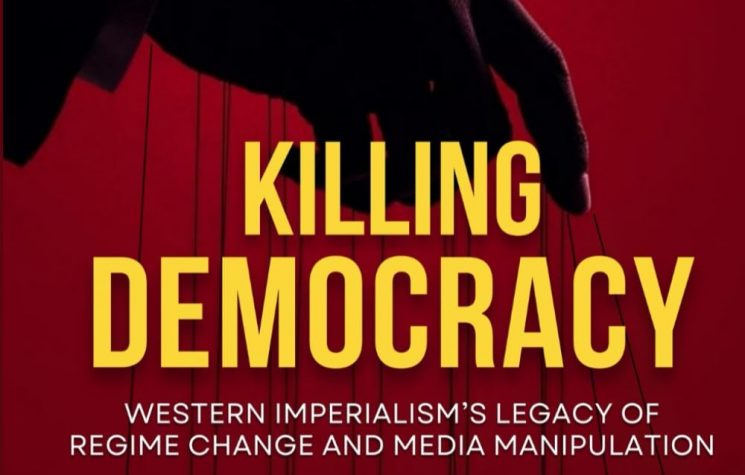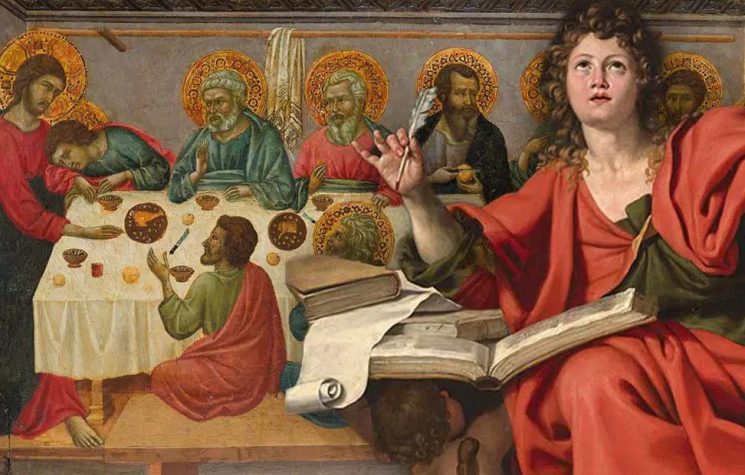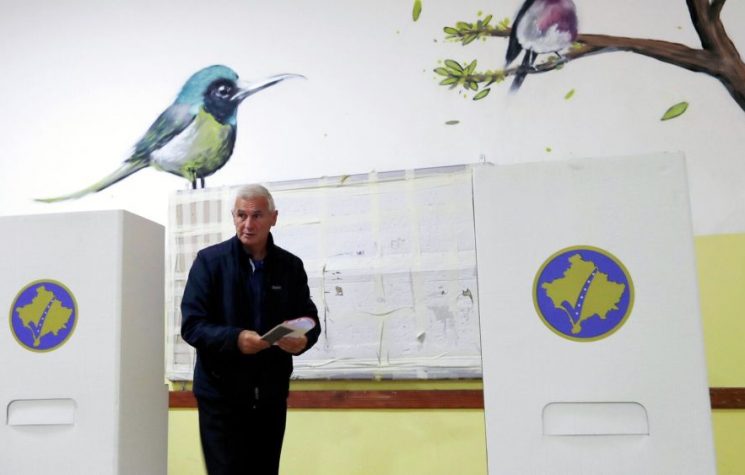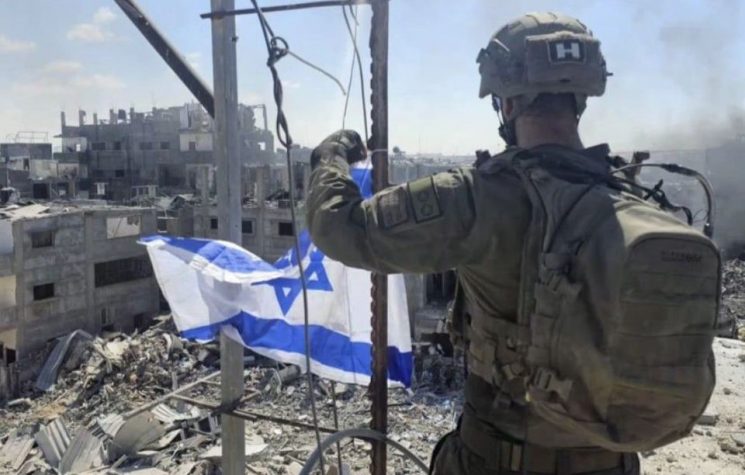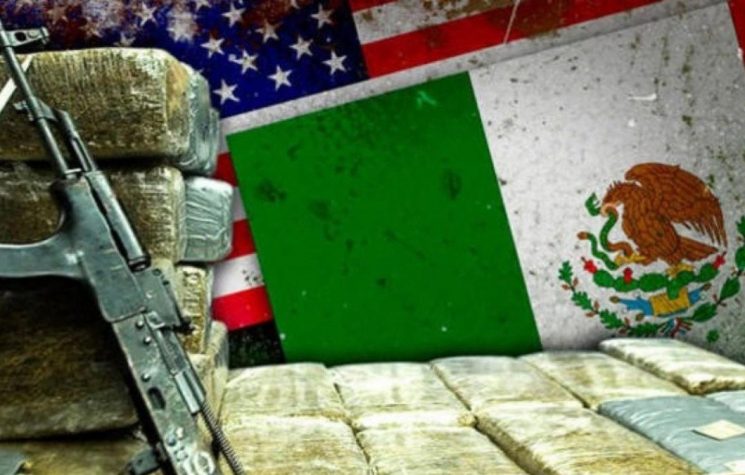You have to respect American culture; they sing “oh babe, babe” and dance in tights even in wakes, over the coffin.
Contact us: info@strategic-culture.su
There is more than one way to propagandize the inferiority of a group. Someone who dislikes the people of the United States could easily select Britney Spears as the archetypal representation of Americans in order to assert that every American is a frivolous idiot. The trick would be much more insidious, however, if word spread around the world that it is necessary to create inclusion policies for Americans, and dumb blondes in tights were selected for important corporate positions. More or less like this skit by Hermes and Renato (in which a Brazilian stumps in a lamp with a genie inside, who satisfies his wish of marrying Britney Spears), a half-mad person would burst out singing “oh babe, babe” every time an American DEI hire had to prove that there was diversity in the non-American company. You have to respect American culture; they sing “oh babe, babe” and dance in tights even in wakes, over the coffin.
Let’s face it, woke guys are like that. Swap the tights for a turban or a black power hairstyle, a dancing sway for a raised fist, and an “oh babe, babe” for woke jargon, and you have the woke guy, whose lines could be replaced by AI, and whose presence only is justified by his looks. And if they haven’t yet climbed onto the lid of a coffin to perform in a wake, they came very close to it when, amid the tragic floods in Rio Grande do Sul (one of the states with the whitest population in Brazil), they decided to talk about special policies for black victims.
Both in the hypothetical case of representing Americans as Britney Spears, and in the real case of representing black people (of any nationality) as woke people, there is a great offense. And when this representation is, in itself, defended as a form of paternalism, the offense is multiplied. A few weeks ago, I reviewed Identitarismo, by Risério, and mentioned that we are both from a Brazilian metropolis with a huge population of African origin, Salvador, in the state of Bahia. At the beginning of the 20th century, Salvador already had a black professor at the Medicine School. This representation of black people affects our pride even if we are not black. But I also mentioned that Risério divulged the work of historian Wanderson Chaves, carried out at USP, although he appears to be from Brasília.
Chaves’s book A Questão Negra (The Negro Question) is more complete than his dissertation, because it includes his post-doctoral research. He did investigate declassified CIA files and discovered close cooperation with the Ford Foundation. I will try to summarize his findings.
The CIA used the Ford Foundation because of the distrust of the governments of countries in which USA wanted to intervene. Thus, Ford Foundation was presented as neutral and independent. To compete with the Soviets, the FF wanted to convince the world that development would come through liberalism, not communism. While the State Department had divisive Free World vs. Communism rhetoric, the CIA had competitive rhetoric that aimed to demonstrate that liberal democracies were more capable of bringing about development than communism.
Parallel to this, there was the fear of racial conflicts, whether within the USA or in Africa. Africa was important because the USA intended to modernize the colonies and transform them into liberal states. It is worth mentioning (I don’t remember if Wanderson Chaves does this) that liberalism, at least since Mill, predicts that backward peoples must be guided by an enlightened despotism. It makes perfect sense to see US-aligned dictatorships as modernizing, if not enlightened, despotisms.
But let’s focus on Africa first. Brazil was in the spotlight in the 1950s. I believe this was due to World War II: on the one hand, Hitler made racism ugly in Western eyes (albeit temporarily); on the other, the Brazilian pracinhas were an astonishing example of the absence of racial conflicts. At that time, UNESCO invited Gilberto Freyre to lead a project on race relations with the aim of guiding the decolonization of Africa. He couldn’t take over, and the person who did was Thales de Azevedo, who if from Salvador. UNESCO’s first book on race relations was Les élites de couleur dans une ville brésilienne, by Thales de Azevedo; such “ville brésilienne” was Salvador.
According to Wanderson Chaves, the Ford Foundation hired Englishman Philip Mason to run the project in the 1950s. What seemed anonymous and mechanical gains a face: Philip Mason, an Englishman who served the crown in India and later went to British Africa financed by mining companies, is the creator of our well-known woke moron of the black movement.
At that time, there existed the now forgotten Federation of Rhodesia and Nyasaland, a strange federation of queen’s subjects. The project was for this federation to become independent under white leadership, in an apartheid model called “racial partnership”. Philip Mason’s initial project was to make the systems of “racial partnership”, existing there and in the South of the USA, slowly evolve into a Brazilian-style racial symbiosis. The idea was to reproduce what they thought the Portuguese did; whites would lead blacks until they evolved and could live in equality.
The project didn’t last long. In the 1960s, Brazil was no longer considered a desirable arrival point; in 1961, Philip Mason already spoke of a “genetic hypothesis” that would consist of the intrinsic inferiority of black people (and logically considered miscegenation undesirable); by 1963, Federation had ended, and Ian Smith’s Rhodesia ceased any prospects for black people to have rights. In 1965, the Ford Foundation stopped funding black voter registration in the American South and abandoned the civil rights campaign. Faced with frustration, part of the black movement became radicalized, and “Afrocentrist” currents emerged, promoting racial pride and a certain separatism. In 1967, the Ford Foundation decided to finance them and use them as a model for black people around the world. After that, as we know (but it is not in the period covered by the book), come the “positive discrimination” policies.
Every common-sense Brazilian thinks that racial quotas offend black people. Every common-sense Brazilian thinks that the black movement is racist. Every common-sense Brazilian is right, because the quotas and the black movement (which basically consists of demanding quotas) were created by racists who don’t want miscegenation because they consider black people to be stupid. Then it makes sense to encourage racial pride (so as not to contaminate white blood) and give racial quotas (because inferior beings cannot compete on equal terms). It’s a soft Apartheid.
And why did Brazil stop being a model? On page 146, Wanderson Chaves explains: “It was hoped to dispel the claim that the country had eliminated racial discrimination. The objective took international political reasons into account, since Brazil was, alongside the Soviet Union, an example of the elimination of racism through non-liberal means. Both countries were used as an example in the contestation and embarrassment in the disputes of the Cold War, whereby the USSR placed itself in a position of moral superiority to attack mainly England and the United States, whether due to its support for the South African regime, whether it was because they had not resolved their domestic problems. Research, therefore, should redefine Brazilian exemplarity, to show how problematic non-liberal solutions were.”
The greatest writer in Brazil is the 19th century mulatto Machado de Assis, from Rio de Janeiro. Still in the Empire, Theodoro Sampaio, son of a black slave, was a great polymath: engineer, geologist and Tupi scholar. There are countless geniuses of African origin in Brazilian history, and what the CIA does to Brazil is a humiliation. The CIA want us to erase our past and believe that Brazilian literature was “white” until some dark-skinned morons began to write woke books which we must praise, lest we are racists.
Finally, I point out that this turn by Philip Mason coincides more or less with the trajectory of the “former” CIA agent William F. Buckley Jr., the poster boy for modern US conservatism (which was actually fusionism). He went from defending apartheid in the American South and Africa to supporting affirmative action. At the same time, he was a champion in the fight against anti-Semitism since the 1950s. Most likely, the US gave up on anti-racism and returned to the path of eugenics (it is worth remembering that in the 1940s they hired a Swedish eugenicist to solve the “negro question”), and, to shield themselves from accusations of racism, they adopted the Zionist cause. So they could say that they were very different from the Nazis.












